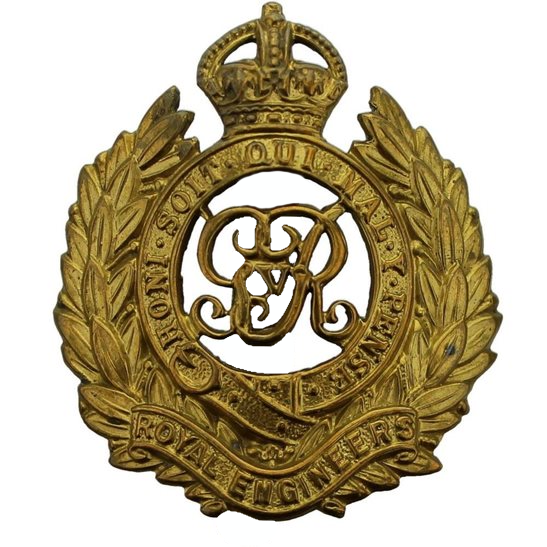Personal Details
Born: 4 December 1882.
Family: He was the second son of Peter and Eleanor Thomas of 11 Watergate Street, Whitchurch, Shropshire. On 1 September he married Myra Williams Butterworth of Rochdale, Lancashire who died on 10 November 1918. Arthur and Myra had 4 children together – Ada, Beatrice, Hilda and David. On 3 April 1927 he married Dorothy Moss Rodgers.
Residence: The family moved to Bridgnorth, Shropshire after 1901 and in 1939 were living at Burwood, Conduit Lane, Bridgnorth, Shropshire.
Civilian Occupation: He worked for the GPO firstly as a postal clerk and later as a telegraphist.
Died: In March 1959 aged 66.
Military Details
Regiment: Royal Engineers
Rank: Sapper
Service Number: 500420 (previously T2622)
Date of Enlistment: 26 April 1914
Date of Discharge: 14 April 1919
Reason for Discharge: Demobilisation
Arthur was awarded the Campaign Medals (British War Medal, and Victory Medal).

The British War Medal (also known as 'Squeak') was a silver or bronze medal awarded to officers and men of the British and Imperial Forces who either entered a theatre of war or entered service overseas between 5th August 1914 and 11th November 1918 inclusive. This was later extended to services in Russia, Siberia and some other areas in 1919 and 1920. Approximately 6.5 million British War Medals were issued. Approximately 6.4 million of these were the silver versions of this medal. Around 110,000 of a bronze version were issued mainly to Chinese, Maltese and Indian Labour Corps. The front (obv or obverse) of the medal depicts the head of George V. The recipient's service number, rank, name and unit was impressed on the rim.
The Allied Victory Medal (also known as 'Wilfred') was issued by each of the allies. It was decided that each of the allies should each issue their own bronze victory medal with a similar design, similar equivalent wording and identical ribbon. The British medal was designed by W. McMillan. The front depicts a winged classical figure representing victory. Approximately 5.7 million victory medals were issued. Interestingly, eligibility for this medal was more restrictive and not everyone who received the British War Medal ('Squeak') also received the Victory Medal ('Wilfred'). However, in general, all recipients of 'Wilfred' also received 'Squeak' and all recipients of The 1914 Star or The 1914/1915 Star (also known as 'Pip') also received both 'Squeak' and 'Wilfred'. The recipient's service number, rank, name and unit was impressed on the rim.

